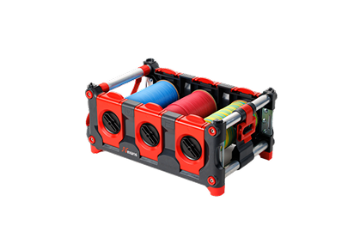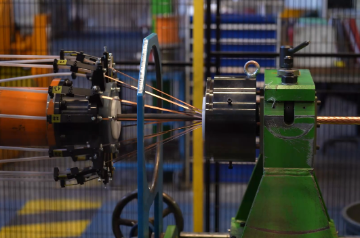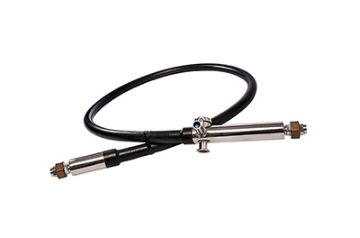- Markets
- Products
- Services
- News
- Tools & Resources
- About Nexans
- Search
- Contact us
- Compare
- Sign in
High-Temperature Superconducting cables (HTS)
Transforming urban power

Nexans is a global leader in high temperature superconductor (HTS) technology for power grid applications. Our offer includes both HTS cables and HTS fault current limiters. Transmission system operators (TSOs), distribution system operators (DSOs) and railway operators need a way to satisfy the ever-growing demand for energy in cities and transport networks. Nexans HTS cables are designed to meet that demand.
High-Temperature Superconducting cables (HTS) have a number of technical and physical characteristics that make them strong candidates for applications in power grids.
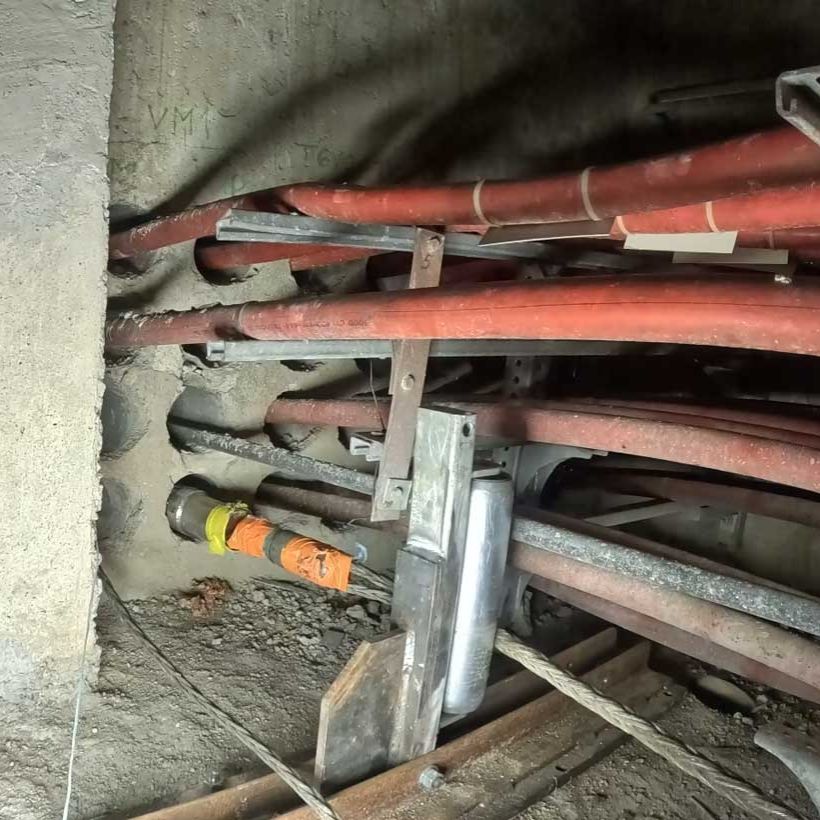
- Unparalleled transmission capacity: a single cable can handle more than 3 GW – enough to power a large city
- Transmit 8-10x the power (in the same footprint, technology available from LV 400V @2000A to MV & HV 230kV @4500A),
- x200: current density of 2G HTS ribbons in liquid nitrogen (70 K = −203.15°C) compared to conventional resistive cables
- At low voltage, 1 HTS CABLE can distribute 400-680V @6-10kA
- Minimal land take – rights of way for HTS cables are up to ten times narrower than those for conventional cables and lines. Fewer cables are required and there is no need for space between phases. This reduces the need for permitting, minimises disruption to the public, accelerates deployment and contributes to lower costs.
- Energy efficient: superconducting cables are ultra-efficient conductors with zero or near-zero resistance. The power saving achieved in this way is greater than the energy expended to maintain conductors at a low temperature. By contrast, conventional long- distance transmission systems using aluminium and copper conductors experience power losses of around 10%. This amounts to around 180 TWh annually in Europe alone – enough to power three cities.
- Zero heating: superconducting cables do not emit heat, no matter how much power they carry. HTS cables can be buried deeper than conventional ones because heat exhaust is not an issue. The absence of heating effects means that there is no reduction in transmission capacity when other cables are run in proximity. And there is no soil drying effect – a key consideration if HTS cables are run alongside conventional cables.
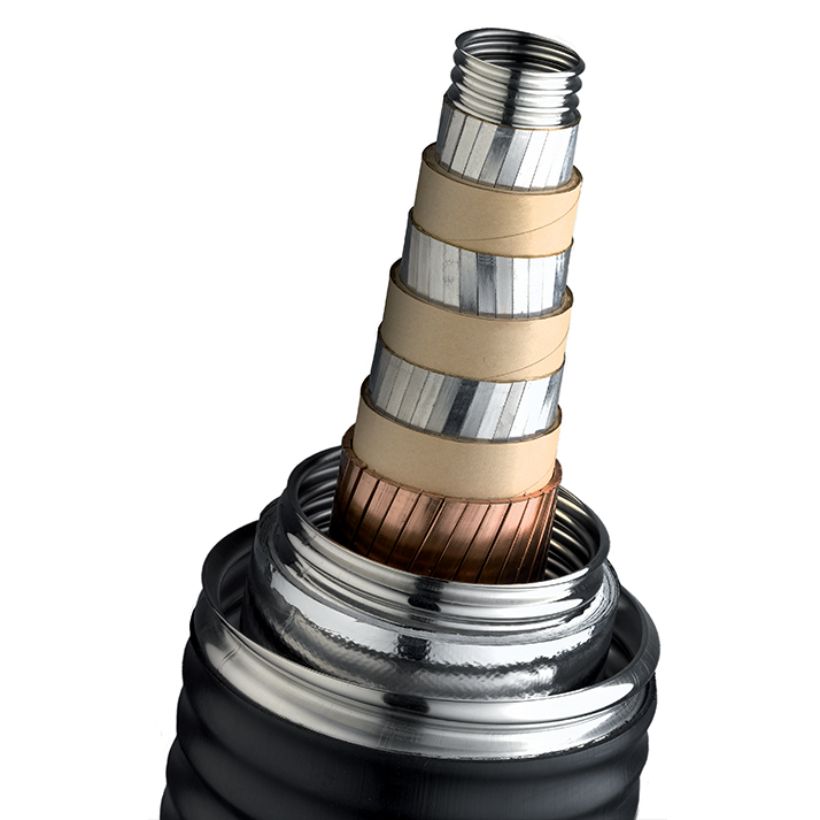
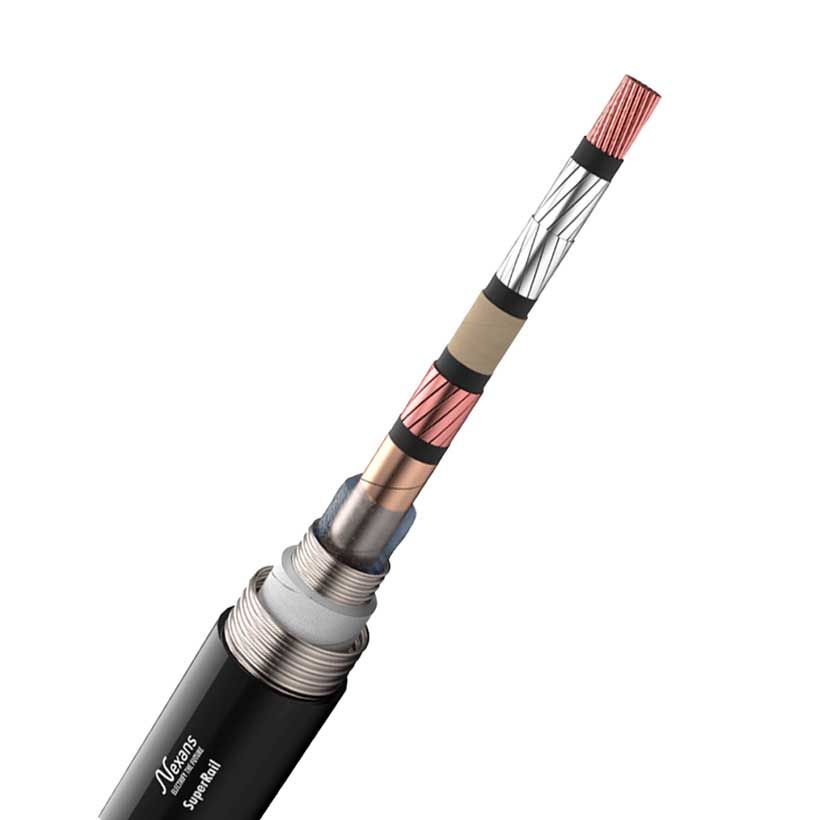
- Economic / cost efficient: HTS cables can be direct-buried in the ground, accelerating project delivery and reducing costs This means that tunnels and pipes for cables are not required – even in high capacity transmission projects. In cases where pipes or tunnels already exist, retrofitting HTS cables in place of conventional cables dramatically increases the transmission capacity of these assets.
- Minimal EMF – HTS cables are fully shielded to prevent the generation of stray electromagnetic fields, minimising effects on surrounding infrastructure and allaying public concerns about EMF.
- Resilient : underground installation make up for a safer design and higher resilience of the networks considering the cables are not exposed to weather conditions, potential damages and vandalism. This clearly contributes to enhanced reliability, boosting resilience and ensuring the availability of power supplies at all times – even if part of the grid is disrupted.
World-leading innovation
Nexans holds a series of world-leading innovation projects when it comes to superconductivity, among which several world-first.
Our websites
Select your country to find our products and solutions
-
Africa
- Africa
- Ghana
- Ivory Coast
- Morocco
- North West Africa
- Americas
- Asia
- Europe
- Oceania
